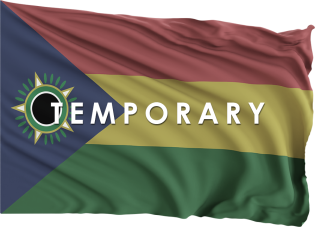Imperial State of Ethiopia
Abyssinia, officially the Imperial State of Ethiopia, is a Legacy Nation. It is a Great Power, member of the Horn of Africa, and a Security Council Member of the League of Nations.
History
Pre-First Scinfaxi War
Anatomically modern humans emerged from the territory on Earth that was Ethiopia and set out for the Near East and elsewhere in the Middle Paleolithic period. In 980 BCE, the Kingdom of D'mt extended its realm over Eritrea and the northern region of Ethiopia, while the Kingdom of Aksum maintained a unified civilization in the region for 900 years. Christianity was embraced by the kingdom in 330, and Islam arrived by the first Hijra in 615. After the collapse of Aksum in 960, the Zagwe dynasty ruled the north-central parts of Ethiopia until being overthrown by Yekuno Amlak in 1270, inaugurating the Ethiopian Empire and the Solomonic dynasty, claimed descent from the biblical Solomon and Queen of Sheba under their son Menelik I. By the 14th century, the empire had grown in prestige through territorial expansion and fighting against adjacent territories; most notably. These wars of expansion contributed to fragmentation of the empire, which ultimately fell under a decentralization known as Zemene Mesafint in the mid-18th century. Zemene Mesafint ended in 1855, marking the reunification and modernization of Ethiopia. From 1878 onwards, Ethiopia launched a series of conquests, which resulted in the expansion of Ethiopia's territorial borders. Externally, during the late 19th century, Ethiopia defended itself against foreign invasions, including from Egypt and Italy; as a result, Ethiopia preserved its sovereignty during the Scramble for Africa.
In 1936, Ethiopia was occupied by Italy and annexed with Italian-possessed Eritrea and Somaliland, forming Italian East Africa.
